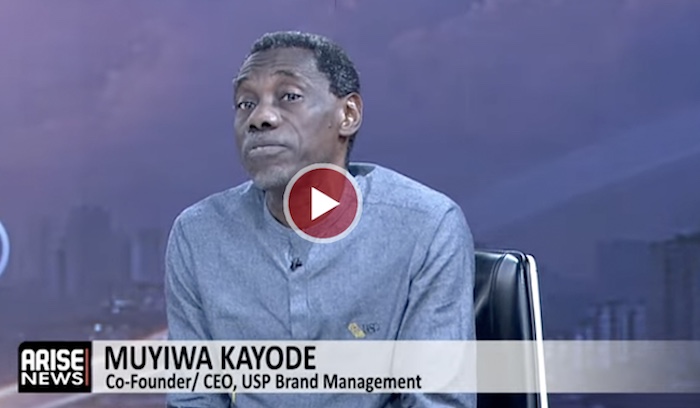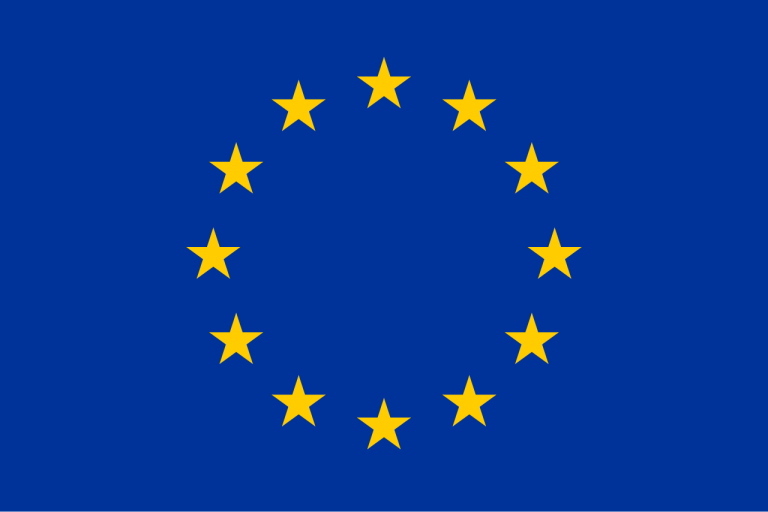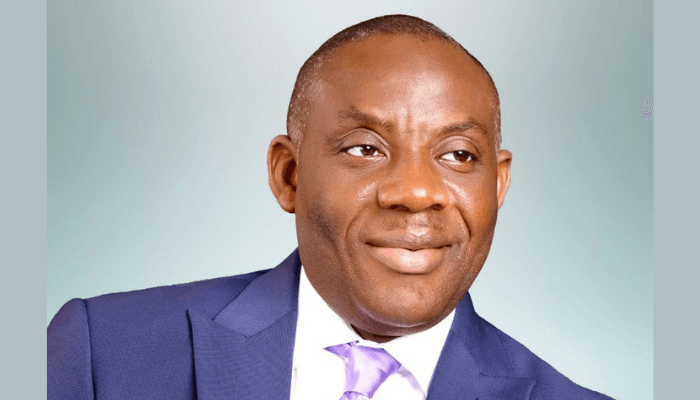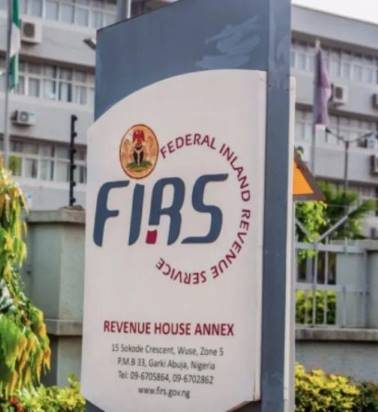

Nigeria’s animation industry is on the verge of an unprecedented transformation, according to Co-Founder, CSO, USP Brand Management, and Director of Lagos International Festival of Animation (LIFANIMA), Muyiwa Kayode, who believes a combination of government policy, technology, and local innovation will propel the country into the global animation spotlight.
In an interview with ARISE NEWS on Saturday, Kayode outlined how the federal government’s new creative reforms and the adoption of artificial intelligence (AI) are shaping a bold new era for Nigerian animation.
“Another development which is quite exciting is the federal government policy on nationalisation of cartoon content, which aims to achieve 70% local content in the animated cartoon being consumed by Nigerians, especially our children. And that is really, really an exciting development because to have such a policy backing animation is a breakthrough for animation.”
He explained that the new policy, approved by the Federal Executive Council and now implemented by the National Orientation Agency, would not only encourage local content creation but also strengthen Nigeria’s cultural identity through animation. “It’s a policy. It’s done. It’s approved by the Federal Executive Council and the National Orientation Agency is implementing that policy.”
Kayode said this year’s Lagos International Festival of Animation, which marks its ninth edition, will explore two major developments in Nigeria’s creative landscape: the Creative Economy Development Fund (CEDF) and the nationalisation of cartoon content policy. Both, he said, represent a new phase in the government’s strategy to empower creators, support innovation, and expand Nigeria’s creative economy. “We have two exciting developments in the creative sphere right now. The first one is a Creative Economy Development Fund, CEDF, which is an initiative of the ministry. And we are going to be talking about that fund. We have a panel session specifically for that and we’re going to be having that conversation with people from government, people from the creative sector, people from animation, because our core focus is animation.”
He noted that the festival scheduled to open with a keynote address by the Minister of Arts, Culture and the Creative Economy will feature a panel discussion on the new creative fund, bringing together voices from government, animation, and the private sector. The minister is coming to declare it open. That’s on Tuesday. We have a panel session specifically for that and we’re going to be having that conversation with people from government, people from the creative sector, people from animation, because our core focus is animation.”
“And what these two interventions I talked about are going to do is to stimulate the industry, is to stimulate animation, is to put us in a stronger position to tell our own stories our own way.”
According to him, the festival will screen 82 short films drawn from 26 African countries and several others worldwide, making it one of the largest animation showcases on the continent. “We have 82 short films on our selections list for this season and these films are from, we have films from 26 African countries and several other countries from around the world. So, we’re going to be having three days of film fest animation. It’s going to be quite exciting.”
Kayode, who has been a strong advocate for the creative economy for over two decades, described animation as the most powerful storytelling medium of the modern era one capable of preserving history, promoting culture, and inspiring innovation. “Well, needless to say, animation is the most compelling platform for storytelling and some of the biggest blockbusters globally have been animated. And what we have are the most compelling African stories and we have seen some of these stories being borrowed by outsiders to tell our stories.
And what these two interventions I talked about are going to do is to stimulate the industry, is to stimulate animation, is to put us in a stronger position to tell our own stories our own way.”
Kayode stressed that with improved financing and visibility, Nigeria could become a regional hub for animation within a few years. “In the next two, three years, we are going to have a couple of really exciting developments in animation coming from this country. You know, and that excites me so much.”
Beyond storytelling, Kayode underscored the vast economic potential of animation as a global industry. He cited projections that estimate the global animation market will exceed $600 billion by 2030, adding that Nigeria must strategically position itself to capture a share of that value.
“A lot of people don’t really appreciate the kind of wealth creator that animation is. It’s mind-boggling when you begin to look at it. It’s projected that in another three, four years, say by 2030, the global animation industry will be worth more than 600 billion dollars. But we are nowhere near where we want to be in terms of how we can tap into that potential, and that is one of the reasons why we are pushing animation in this country. Because when you look at what Nollywood has done, animation has the potential to do way more than that.”
He revealed that LIFANIMA is working closely with partners such as Del-York Creative Academy, which has already begun training over 60,000 animators across Nigeria in a five-year programme. According to him, such collaborations are vital for addressing the country’s talent and infrastructure gaps in the creative sector. “One of our strategic partners is Del York Creative Academy. They have a programme to train 60,000 animators over a five-year period and they are already like two, three years into that programme right now, and a lot of their trainees are also participants in our festival. So we understand the need to develop skills and manpower.”
“One of the major challenges with animation and one of the reasons why we don’t see a lot of animation content coming out of this country is, one, it takes a lot of time to produce animation. It also takes a lot of money. Of course, time is money. So if something is going to take three years to do, it’s going to cost more than if you’re going to maybe spend one year to do it. What AI is going to do, and it is still evolving, what AI is going to do is that it’s going to help us accelerate the pace at which we produce animation. It’s going to reduce time, it’s going to reduce cost, and it’s already doing that.”
Erizia Rubyjeana



